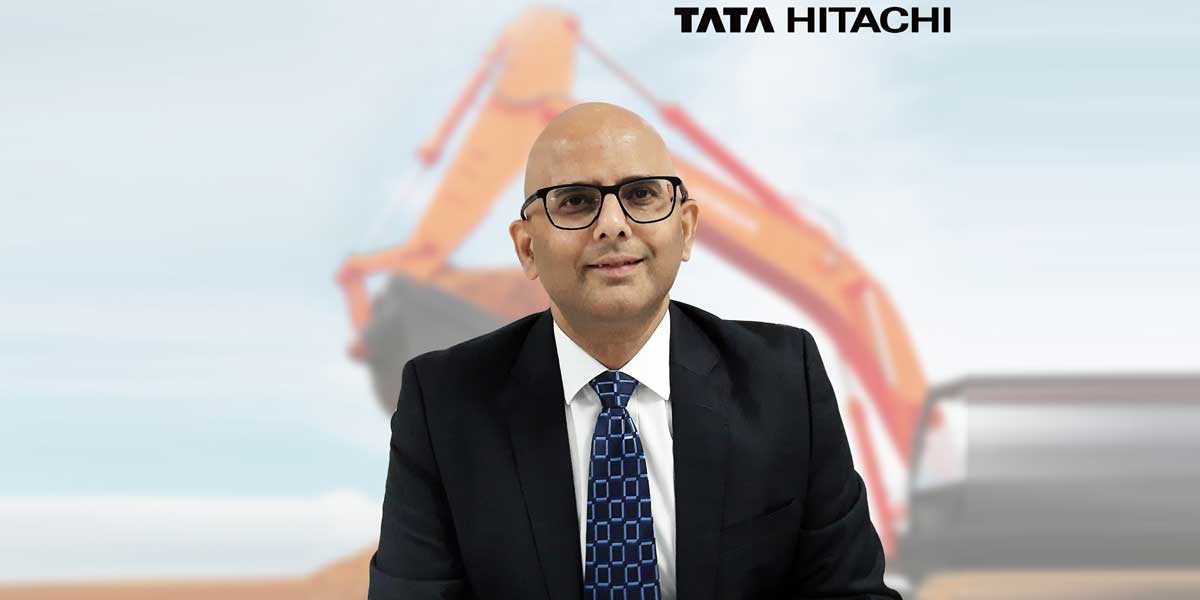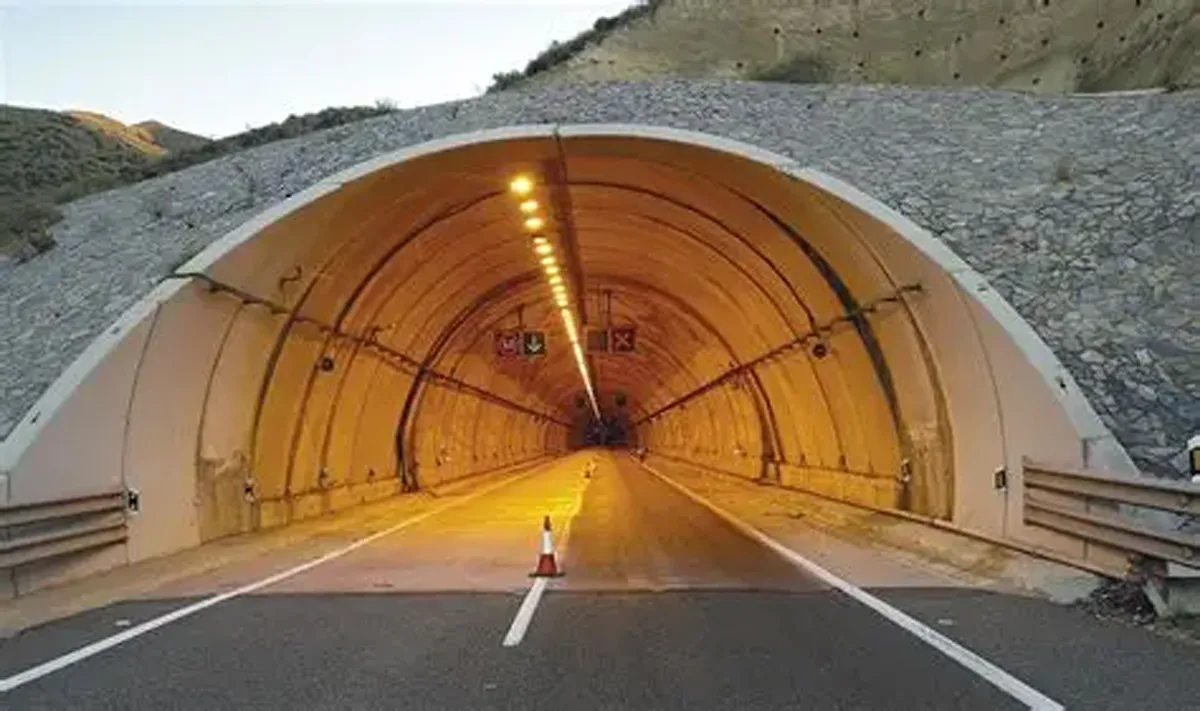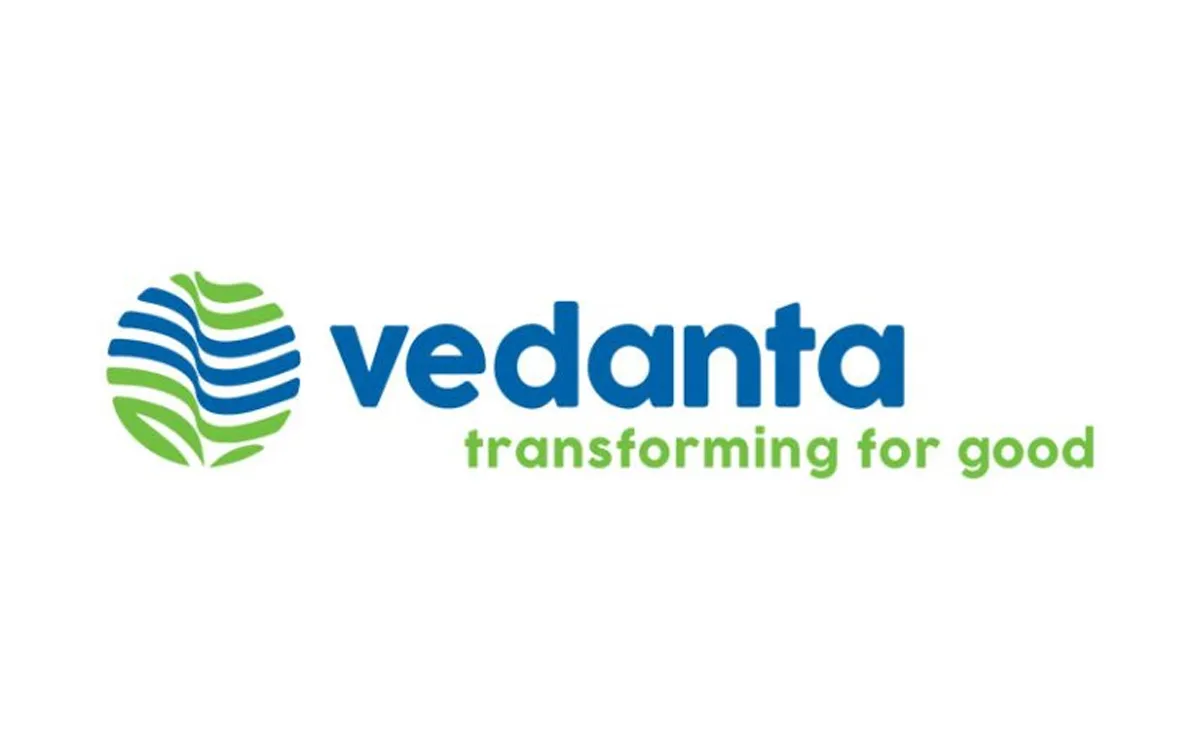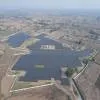Rahul Shorey, National Head (Construction), Tata Hitachi Construction Machinery Company, speaks on the opportunities and major challenges faced in the hydraulic excavator segment.
What is the present size and growth rate of the hydraulic excavators market in India? How has the market evolved in the last couple of years?
The excavator market peaked in FY2018-19 following three years of sustained growth led by increased government focus and investment in the infrastructure sector. However, the excavator market was significantly affected national elections in early FY2020. This was followed by liquidity issues as a fallout of elections, as well as the continuing effects of the IL&FS crisis. Further, just as the market was recovering its growth trajectory from January 2020 onwards, Covid-19 lockdown hit in March, adversely affecting sales. All this led to the market contracting by more than 20% in FY2020. Given the extreme impact of the lockdown on sales of the first quarter of FY2021, the market was bracing for a second successive year of contraction.
However, by the close of FY2021, the market grew at around 7%, hitting sales of more than 20,000 units. This recovery was primarily buoyed by financial interventions and other measures undertaken by the government through various Atmanirbhar packages, as well as sharp recovery in highway construction and other infrastructure projects.
What are the various product offerings from your company in this segment?
Our comprehensive range of excavators include 2-tonne to 40-tonne hydraulic excavators for the infrastructure sector, 45 to 120 tonnes for the mining sector and the ultra-large 190 to 800 tonne excavators for specialised heavy- duty mining. These products, amongst others, are a part of our latest EX Super+ series and the technologically advanced ZAXIS GI series.
We understand that today, our customers realise the need to be extremely competitive in the marketplace. And to be competitive, they need to reduce operating costs and improve efficiencies. Therefore, we have products addressing both segments of the market, value as well as premium.
In the value segment, we have Super+ series: TMX20 neo, EX70, EX130, EX200, EX210 and EX215. Our EX Super+ Series excavators combine advanced technology and low running costs to enable a high return on investment. The superior design of products in this series ensures ease in serviceability, which in turn leads to lesser downtime for maintenance. These machines come equipped with our telematics solution, InSite, that provides detailed data on the performance of the equipment at job sites. They are also capable of performing across a wide spectrum of applications across geographies in India. In addition, these machines also command best-in-class resale value.
In the premium segment, we offer ultra-short swing series mini excavators consisting of models ZX23U and ZX33U, and the GI series consisting of ZX80, ZX140, ZX220, ZX370 and ZX400. The ZAXIS GI series of machines are fitted with industry-leading hydraulic technology to ensure unbeatable performance, high fuel efficiency and durability. These excavators provide impressive fuel economy and swift front movements. They are also easy to operate with top-of-the-range cabin designed for operator comfort. Another highlight of this series is the optimised hydraulic system and the improved engine which showcases Hitachi’s technological prowess and expertise. These come with equipped with ConSite, a next-generation service solution that utilises information communication technology (ICT) to deliver monthly reports to customers. ConSite provides both summary reports that give an overview of the operation of all the fleet owner’s machines, as well as detailed reports that show information about individual machines, apart from service and maintenance alerts.
In addition to our strong products, we also offer our comprehensive range of support solutions that include full maintenance contracts (FMCs), annual maintenance contracts (AMCs) and extended warranty. We have also introduced several other initiatives on the support front, such as field diagnostic vehicles for faster reach and immediate on-site resolution and mobile workshops that can easily reach customers to carry out repairs. We have also operationalised a full-fledged reman centre at Kharagpur to ensure constant supply of refurbished hydraulic equipment and Isuzu engines at a fraction of the cost of a new part. Apart from carrying a warranty, these can also be easily exchanged with old hydraulic aggregates and Isuzu engines. These initiatives ensure accelerated turnaround times for customers, apart from strengthening our relationship through customer lifecycle experience.
We also invest in continuous training of our field personnel so that they deliver the maximum value to the customer in minimum time through quality service. We prioritise our outreach to customers through a strong distribution network that aids in the servicing of products. These ensure optimising equipment utilisation, thereby maximising the return on investment for our customers.
In light of the plans of infrastructure creation and reforms in mining, what opportunities do you foresee for hydraulic excavators?
In terms of capacities, we expect the mini excavator market to continue to grow faster than the overall market with increased mechanisation due to labour shortage, apart from the natural advantage of increased productivity due to mechanisation. This segment will also be supported by increased allocation for the implementation of the rural water supply programme as well as some migration from backhoe loaders, which have become costlier post CEV4 emission norms implementation this year.
Similarly, the 7-tonne market is also expected to grow faster than the overall excavator market, due to some migration from backhoe loaders post CEV4 emission norms as well as continued investment in rural housing programme.
The 10 to 35-tonne segment constitutes the largest slice of the excavator market, and this will grow primarily riding on investments in roads and highways, followed by demand from stone quarries, granite mining, sand mining, general earthwork, irrigation, among others.
Despite the drop in coal production last year, there has been an increase in awards for overburden removal by various Coal India subsidiaries. This is expected to continue this year to ensure that coal production can be increased as and when required. In addition, auctioned iron ore mines in Odisha that are yet to restart are expected to add to the demand. All these opportunities are expected to drive significant growth in the mining excavator market this year.
What are the major changes taking place in terms of technology? What are the key market opportunities?
The major changes in technology can be bucketed as follows:
a. Improved hydraulics and structures: With better materials and design insights, OEMs are focusing on optimising the hydraulic system for both energy efficiency as well as agility in responding to customer demand at worksites. Further, continued customisation of excavators means a large range of machines are now available for customers to choose from depending on applications, where strength of the structures is optimised according to what gives best value to customers.
b. Increased use of electronics and telematics: With hydraulics design approaching their limits, the increased use of sensors in hydraulic systems has further enhanced speeds as well as increased fuel efficiency of machines. This has also led to increased use of electronics on engines for optimisation and reduction in fuel consumption. Further, the presence of sensors has led to a suite of telematics solutions available to customers to remotely monitor machines through granular, real-time operational, maintenance, location, and health data.
What are the major challenges faced in this segment? How do you plan to overcome those?
The ongoing second Covid-19 wave is certainly a posing a challenge to sustain business at the previous quarter levels. The entire ecosystem from customers to vendors to employees are currently affected. We hope this abates soon, so that the industry comes back quickly on the growth trajectory as was witnessed last year. On a positive note, since a blanket lockdown is currently not in place, on-ground construction activities are continuing.
However, dislocations in supply chain continues be of concern, which is yet to come back to normalcy. Another challenge is the new emission norms. There is still some uncertainty as to the implementation dates and timelines of these norms. This will also entail a price increase that could affect demand whenever they are implemented.
In this new environment, customer must maintain and utilise machine in the manner recommended by OEM’s. Only by using genuine parts and following prescribed maintenance practices will the user be able to gain from emergent technology. It is also important to use correct attachment as per application requirement. We are planning our production to be flexible to adjust to the evolving situation without losing sight of a faster recovery in the days ahead.
We are also working on excavators meeting next generation emission norms. These will be state-of-the-art machines compliant to emerging standards, which will be ready for introduction whenever the norms are brought into force. Fortunately, with the introduction of BS4 in commercial vehicles, customers have now become familiar with the maintenance of these new generation engines. We too will be ready with our training and communication to customers when excavators meeting these emission norms are introduced. We therefore do not see any major issue in transitioning customer maintenance teams to adhere to revised standards of maintenance.
In the meantime, we continue to introduce improved excavators like TMX20 neo, ZX23U, and EX215 quarry, to continually offer top-of-the-line competitive products to our customers. As total cost of ownership during equipment life cycle is an important factor for our customers, these initiatives will enable us to gain increasing acceptance by customers going forward.
CSR in the times of Covid. What is your company doing in CSR during this troubled time?
CSR forms a key foundational pillar for us, and our commitment to nation building is manifest in activities carried out beyond the scope of our operations to support the society at large and improve the quality of life of communities neighbouring the catchment areas of our operations. These outcome-based CSR initiatives are carried out under four broad heads, namely, skill development, literacy, rural development and healthcare.
Since its onset, Covid-19 has adversely impacted all strata of society, especially the underprivileged. As an organisation committed to larger societal obligations, we promptly diverted our efforts to meet the challenge. In this context we undertook various Covid-specific CSR initiatives to provide relief to affected communities as well as augment the capabilities of local administration in their efforts to tackle the challenge both during the 1st wave of Covid-19 and during the ongoing second wave of the pandemic.
During the ongoing second wave of Covid-19, which has left medical infrastructure severely stressed across the country, we stepped forward to donate 100 beds to Karnataka Institute of Medical Sciences (KIMS) Hospital, Hubli, Dharwad. We have also donated key medical equipment to the Public Health Centre (PHC) at Garag village in Dharwad, Karnataka and are in the process of providing life-saving biomedical equipment (such as Ventilators, Pulse oximeters, oxygen concentrators, ECG machines, etc.) to the office of the District Magistrate in Paschim Medinipur, West Bengal.
Tata Hitachi—through the Indian Construction Equipment Manufacturers Association (ICEMA)—is also monetarily supporting the CII Foundation in sourcing life-saving equipment during the ongoing pandemic.
Even during the first wave of the pandemic, we had mobilised our resources towards several CSR initiatives including in-house assembly of face-shields and masks and their distribution to Dharwad District Hospital and to the Joint Director of District Industries Centre, Dharwad. We also distributed thermal scanners, three-ply masks, face-shields, sanitisers and hygiene kits to government functionaries, primary health centres and Covid health workers. In addition, we also ran drives in villages and rural communities around our areas of operations to directly provide them with sanitisers, Covid-19 hygiene kits, masks, family survival food kits comprising of one month’s dry ration, clothes for stranded labour as well as support to migrant labour in Bengaluru in the form of food and dry rations.
We continue to extend our support to communities and local administrations through various CSR initiatives during Covid-19, especially as the pandemic is showing no immediate signs of abatement.
How do you look at the future market for hydraulic excavators in India?
In the Union budget presented in February 2021, the government reiterated its focus on investment in infrastructure by enhancing the Capex to Rs 5.54 lakh crore – up nearly 26% year-on-year. The state governments too have announced a similar increase in Capex for this fiscal year. We also have seen how the market moved last year through the pandemic. Hence, despite the second Covid-19 wave, we are optimistic that the trend will continue.
We recognise that this is a temporary setback and that to make up for lost time, the govt will continue to focus on enhancing and accelerating investment in key infrastructure drivers like roads and highways, water supply, railways, ports and airports.
We therefore expect the market to grow by nearly 20%, which will be further aided by the low base of the first quarter of last year. Further the government has articulated its commitment towards sustaining till 2025, the execution of the National Infrastructure Pipeline (NIP) amounting to Rs 112 lakh crore. We foresee that these factors should aid the continued growth of the excavator market over the next couple of years too.




















